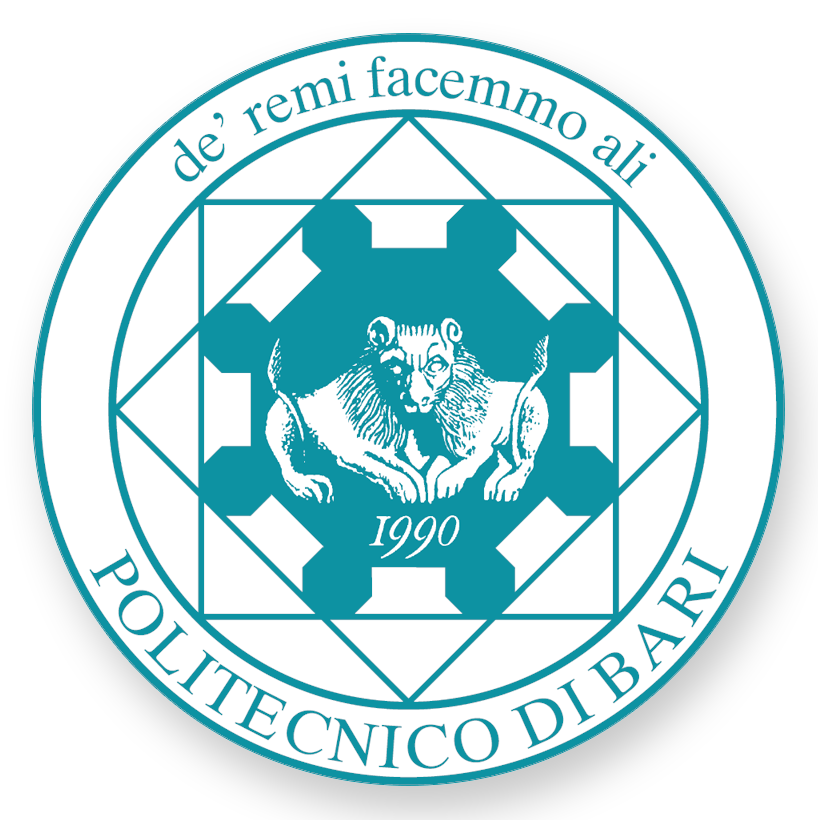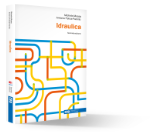At the various conferences I attended, some of which I organized, as well as in the editorials of IAHR‘s magazine Hydrolink, I have always stressed the opportunity, I would even say the need, for the various academic or professional exponents, to pay particular attention to changes taking place internationally in the research and professional fields. This aim has to be reached in order to better satisfy the specific goals of the academic and professional institutions and also in order to provide up-to-date and actual answers to requests from both the academic world, in its dual role of research and higher education, and the professional world. All this often requires a prompt and correct projection into the future and the new. However, this desired inclination, absolutely necessary in order to be internationally competitive, could cause a side effect. In other words it could induce a sort of consequence, that is to neglect, almost inadvertently, our roots and origins, since they belong to the past. Of course I refer to a "past" that should not be considered in the meaning of old, expired, outdated, faded, or, worse, rotten, expired, retrograde, but rather to the "past" to be considered as wise, teacher, experienced, namely that "past" that serves as a reference for the present and a springboard for the future, of which will be the foundation. The past considered in this way has to be preserved, remembered and handed down as an essential resource for the present and future.
In other words, while I believe strongly that we cannot remain anchored to what is spent (propensity, this, which often carries the risk to hide a lack of competitiveness in the present), I am also convinced of the importance of our roots. There can be a better future only with the awareness and recovery of the better past. The highly competitive world of research and profession cannot ignore the history, in general, and that of science and technology, in particular. The history offers a unique perspective from which it is possible to observe some of the most ambitious intellectual challenges. Just noting the interplay between science, education and development of the recent past, we can better understand how to use science and technology today. As written by Russell Hoban, if the past cannot teach anything to the present and the future, and the father to his son, then history must be tired of going forward and the world to waste a lot of time.
It is in this context that I think that one of our aims is to recognize the foundations of our present and that the past could be the bulwark for a launch towards the future.
This work of recovery of the manuscript of Edoardo Orabona (Aversa, Italy, October 14, 1897 - Bari, Italy, October 17, 1973) has the ambition to go to the described direction.
The book reports also a brief biography of prof. Edoardo Orabona by prof. Girolamo Ippolito (from the book "The Work of Edoardo Orabona", Graphic Design Marangio, Bari, January 1975, in Italian).
It is difficult to give a precise date of Orabona‘s manuscript, but from information received from people who used it for their examination it could be of the late forties of the twentieth century, when the Faculty of Engineering of the University of Bari (Italy) was located at the Palace of the Chamber of Commerce of Bari (Italy), although some classes were held in Corso Trieste, and the first laboratory of Hydraulics was located in a shed behind the Institute of Physics near Via Amendola of Bari.
In my opinion these notes are very interesting and almost all of the pages report detailed drawings of particular interest. In some cases, after a demonstration or a description of a topic, you can read the comments of prof. Orabona, sometimes critical of what he had previously written, shown or reported in the literature, reflecting the vibrant culture and idiosyncrasy of Orabona of convenient compromises. I would like to stress the relevance of some of the topics reported in the manuscript, that today should be known as environmental engineering or environmental protection. I truly believe that it is a precious manuscript that deserves to be read and reread with pleasure nowadays. It is with this hope that I wish all a good read.



















